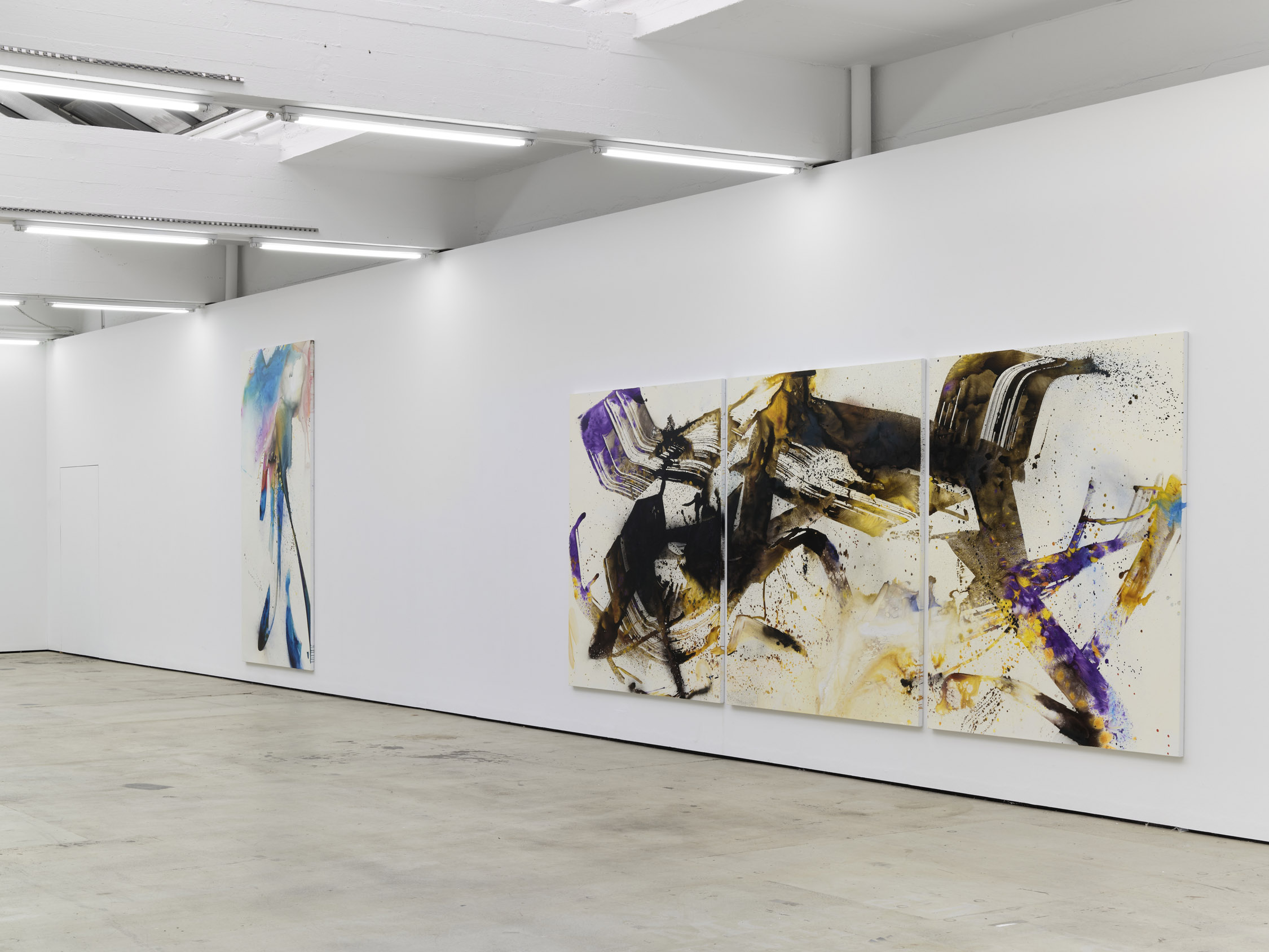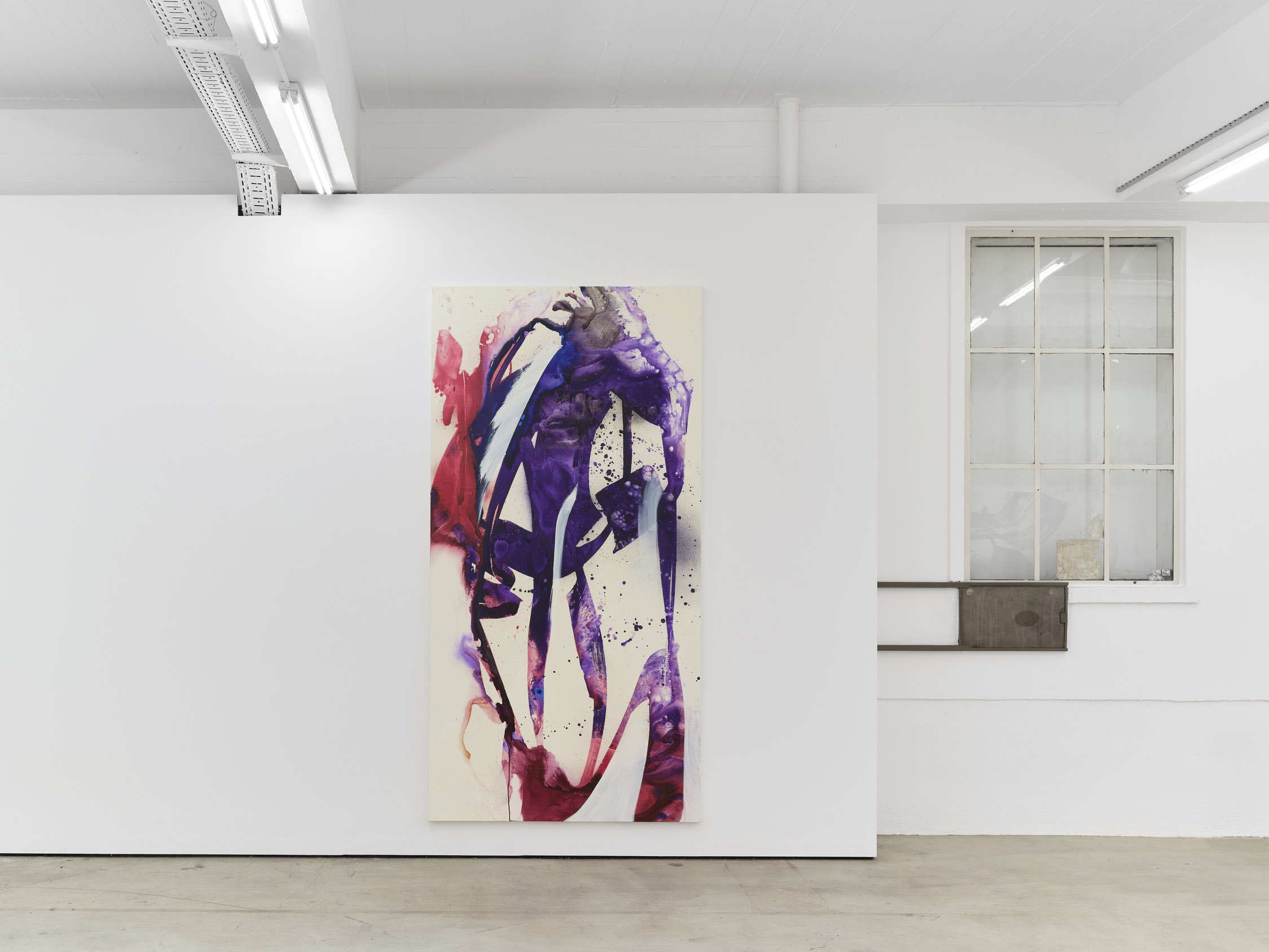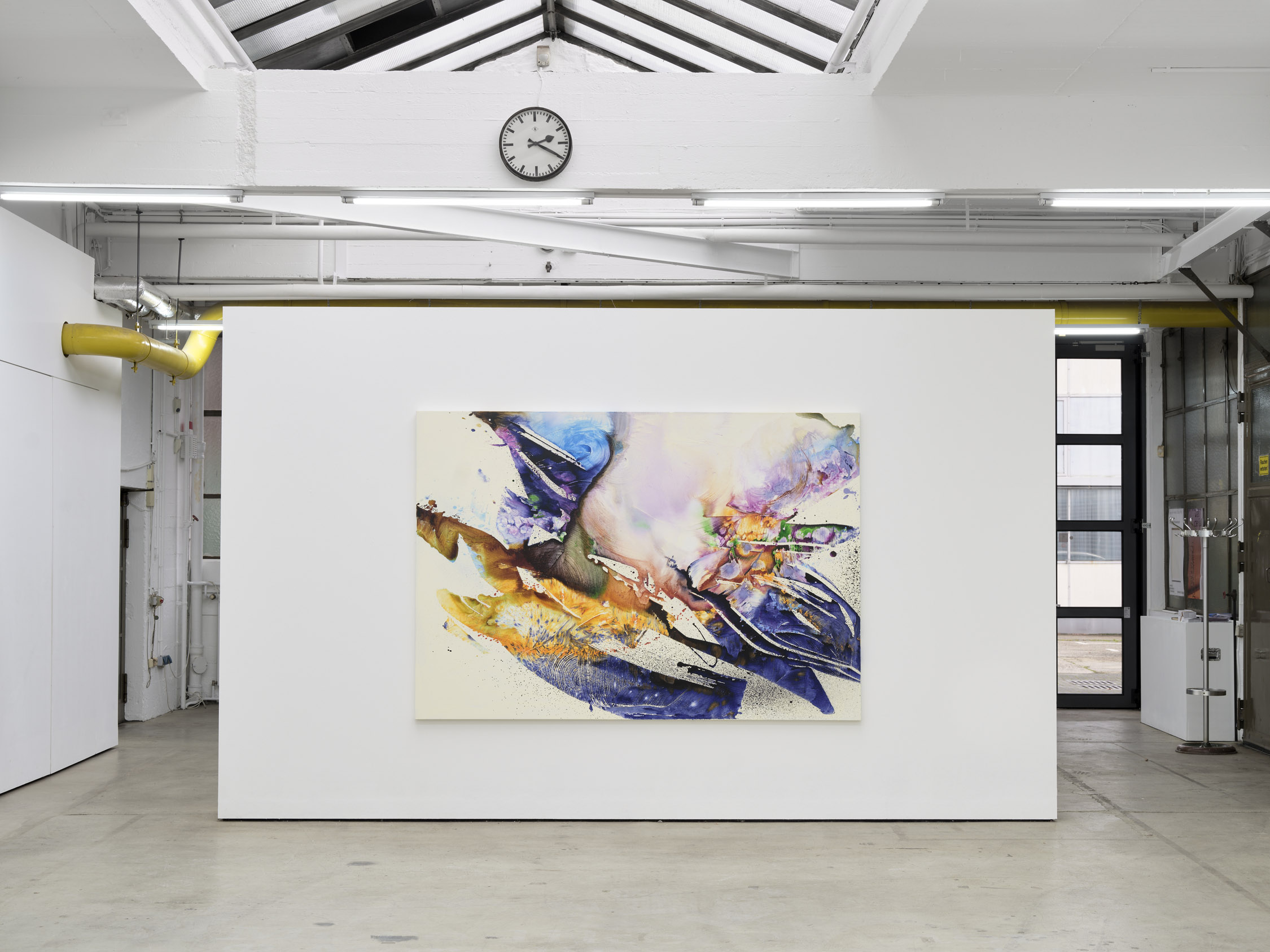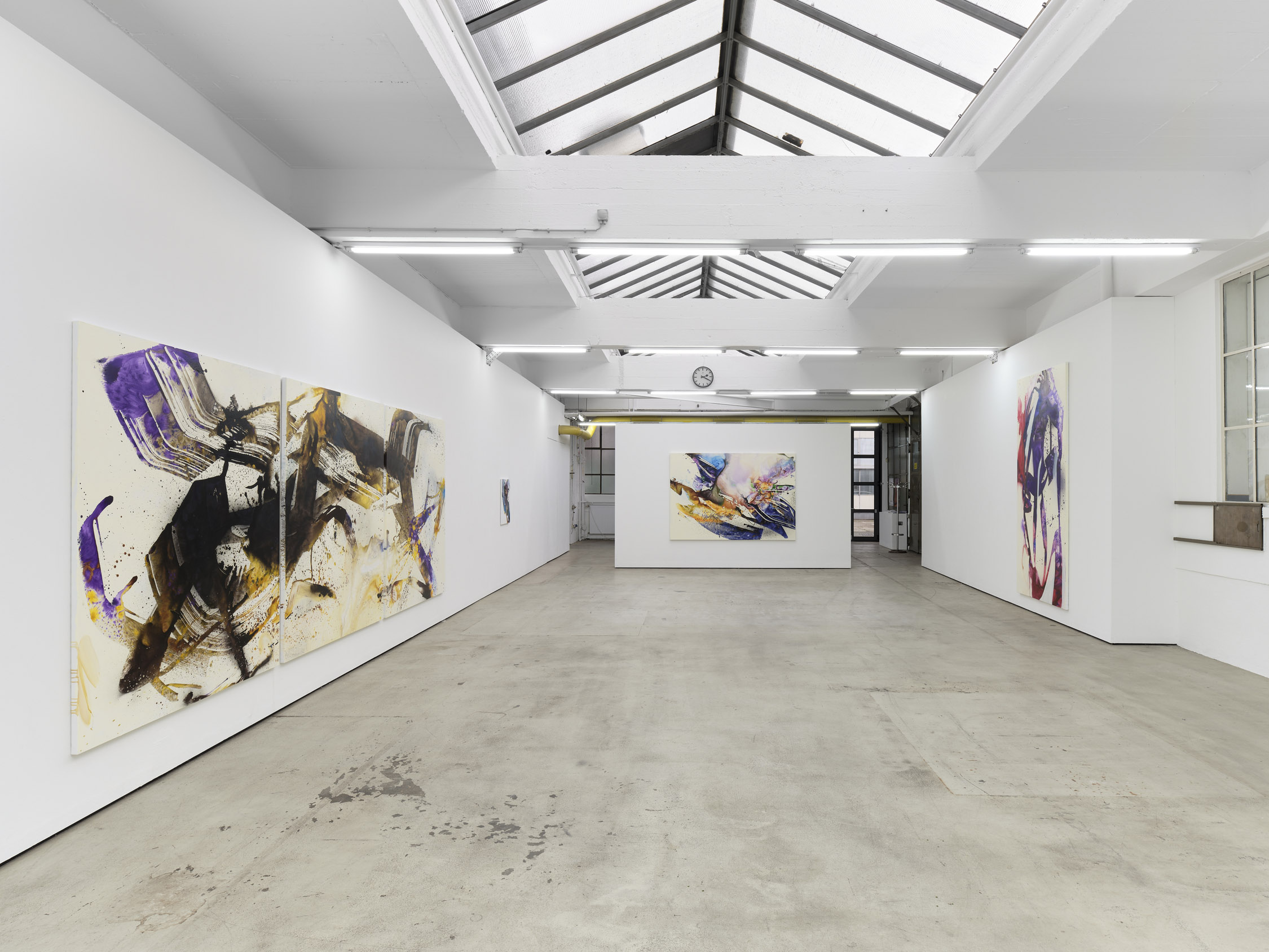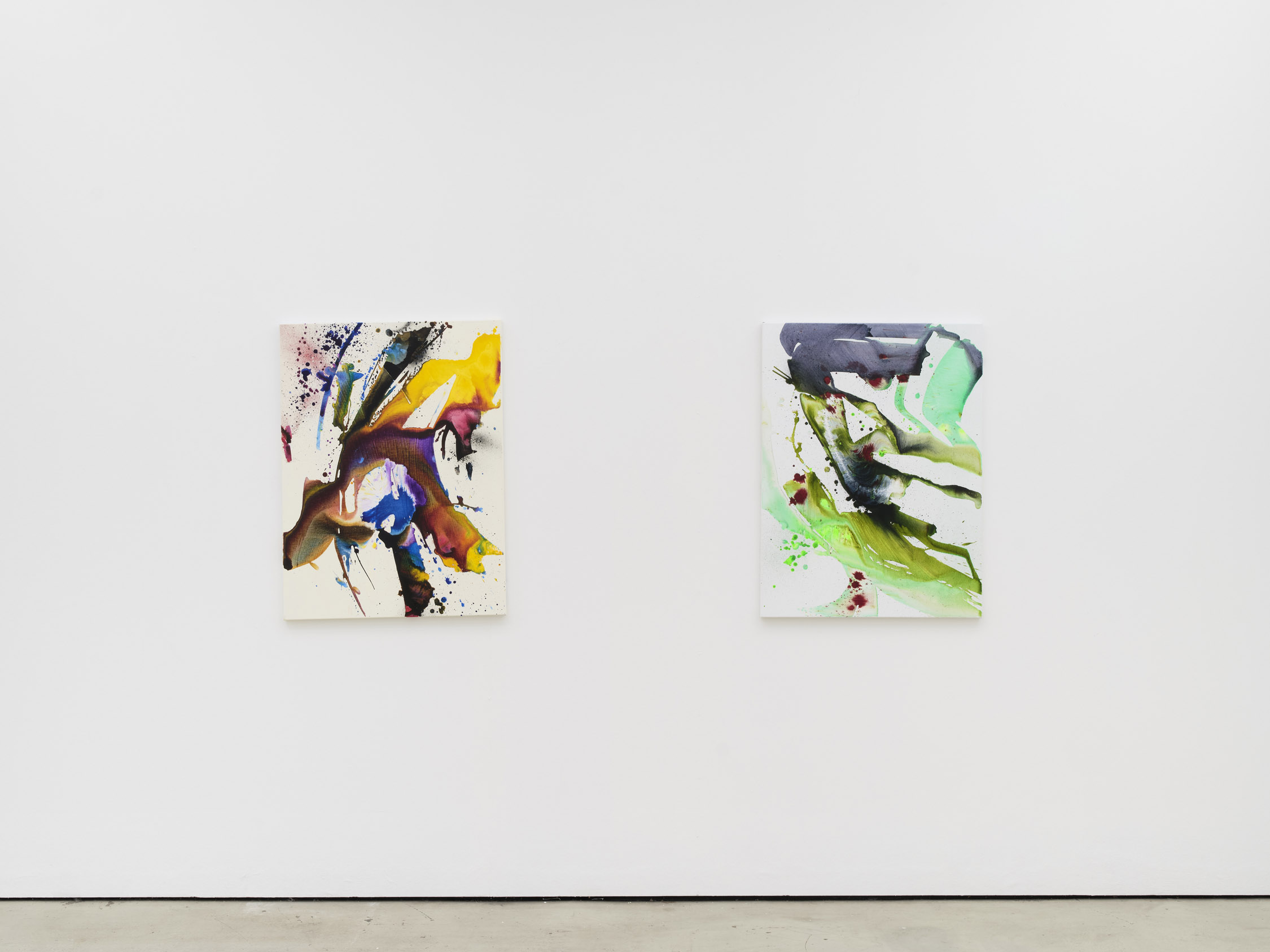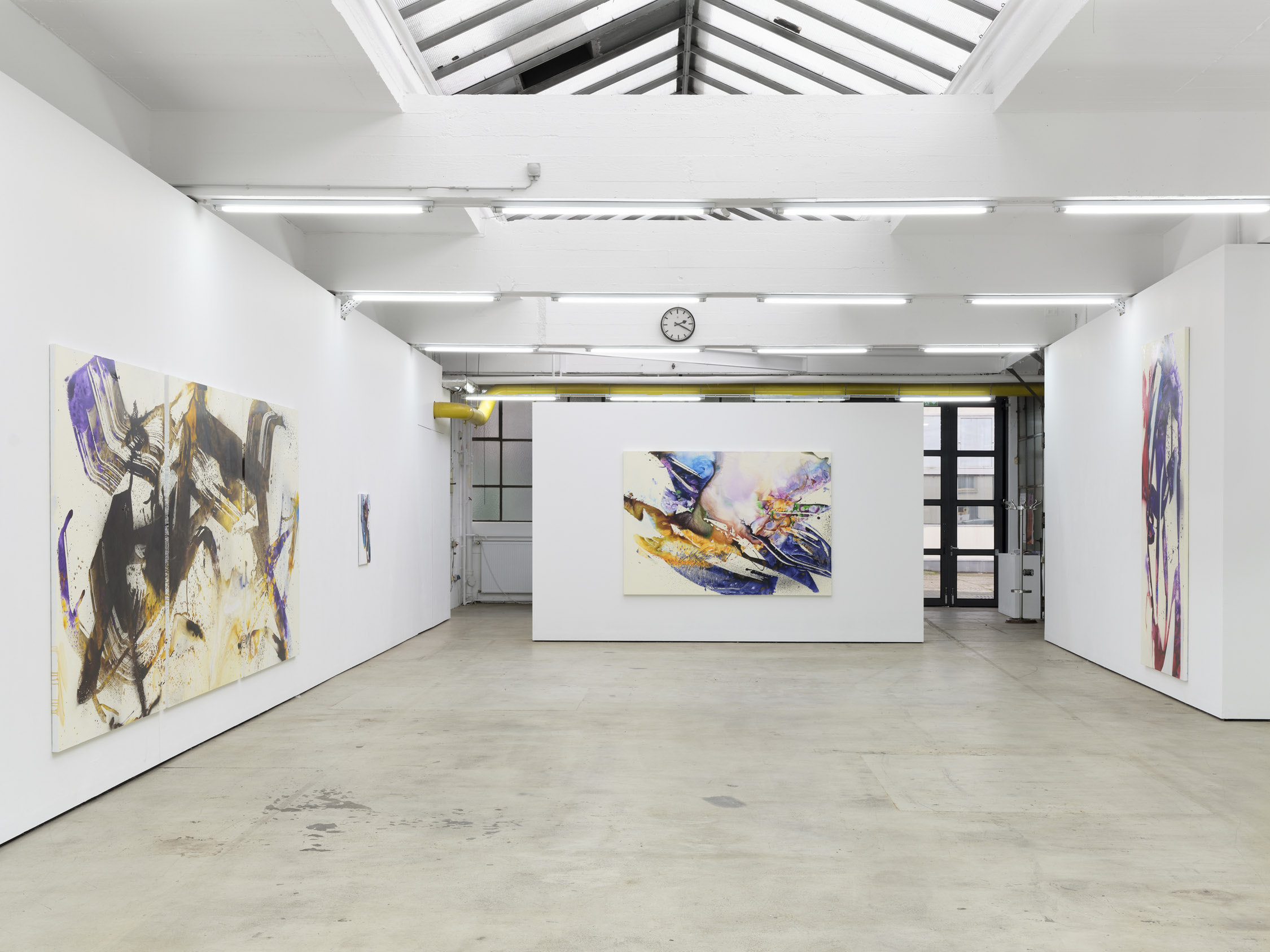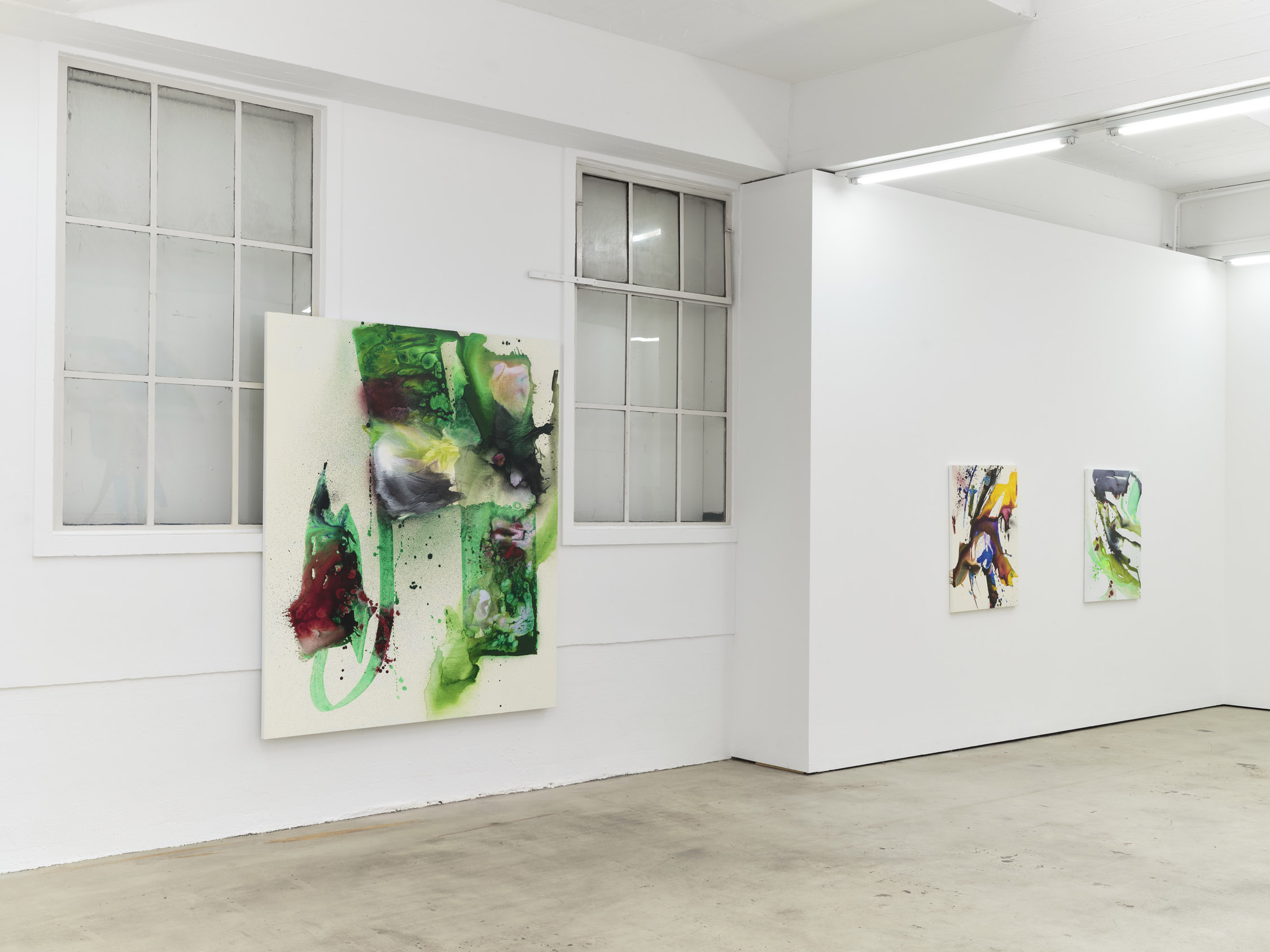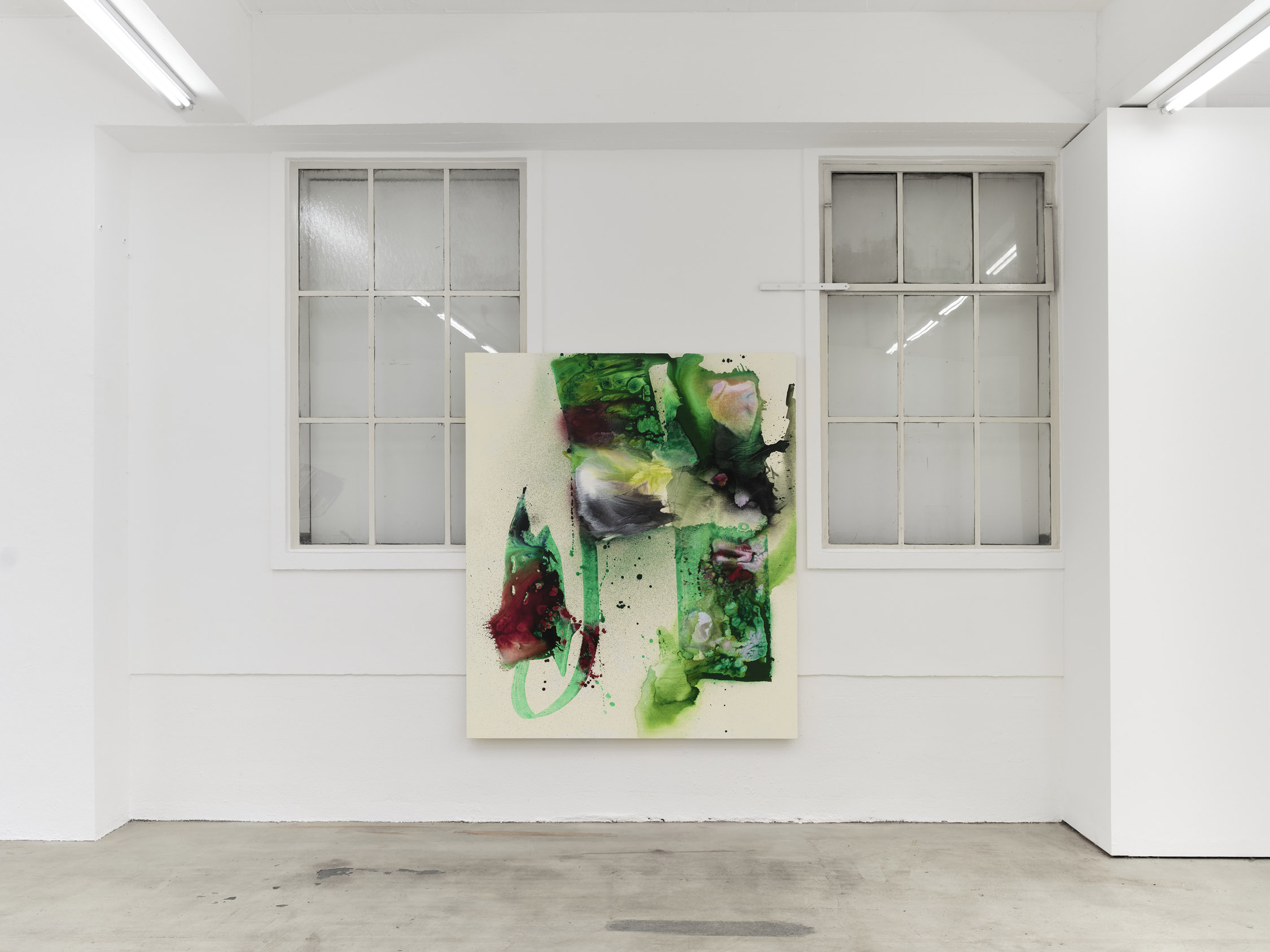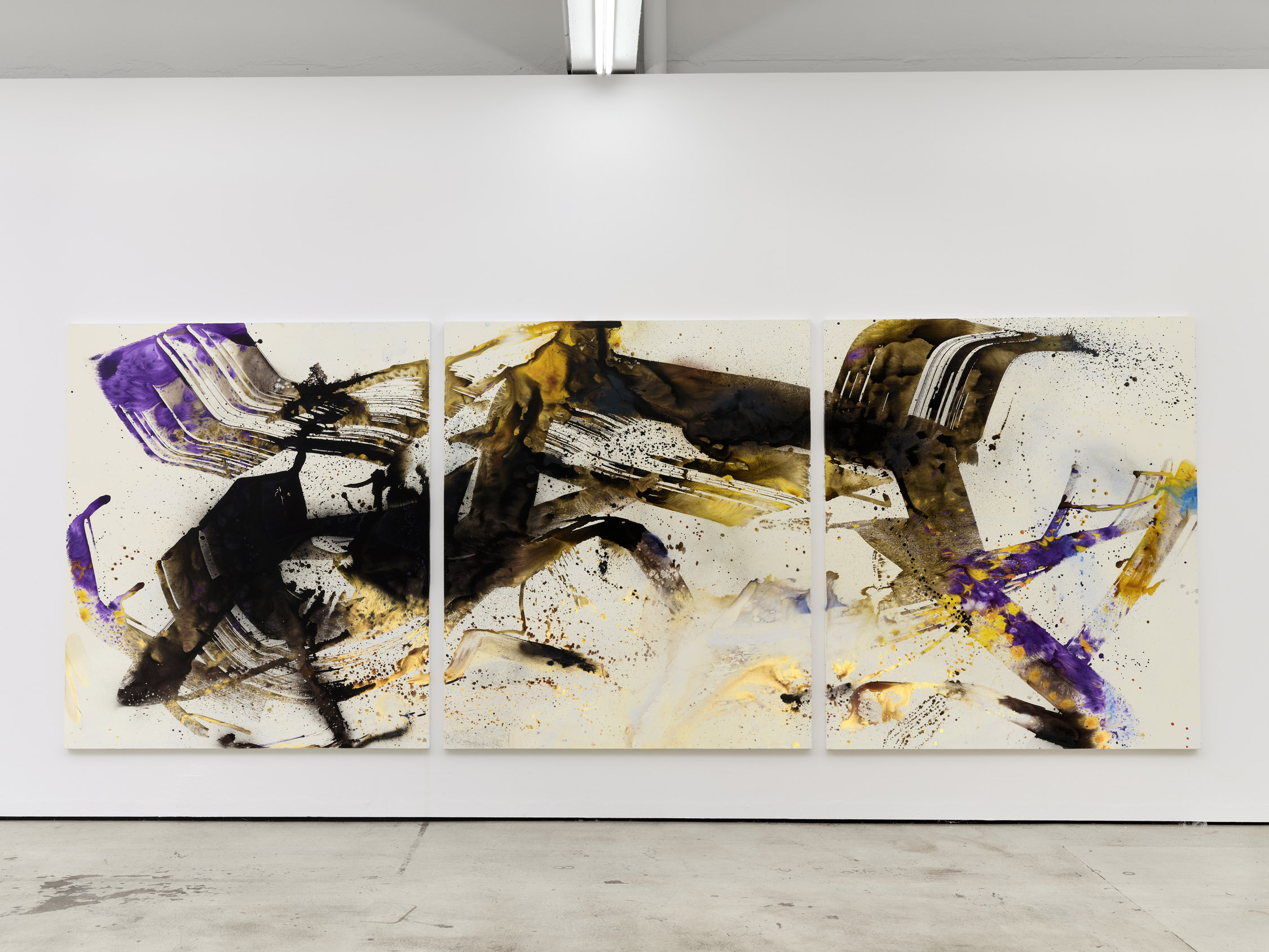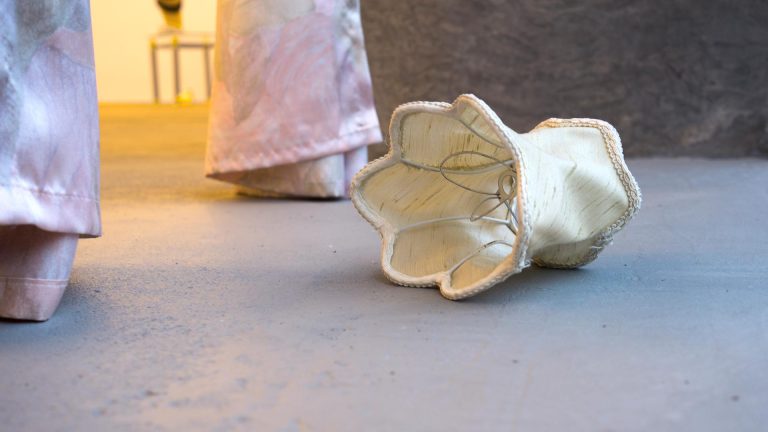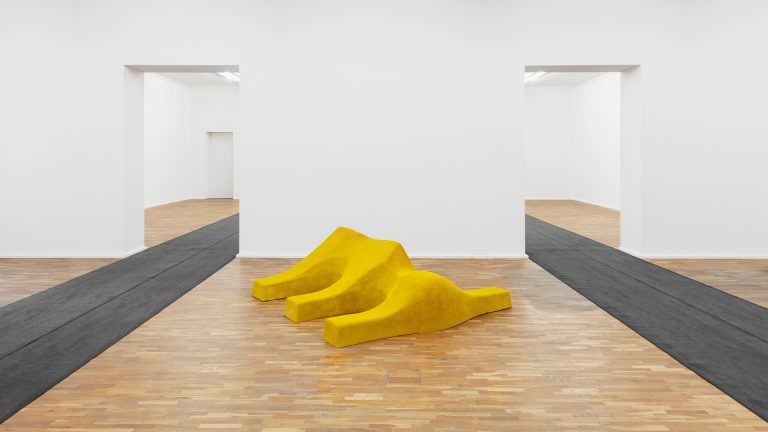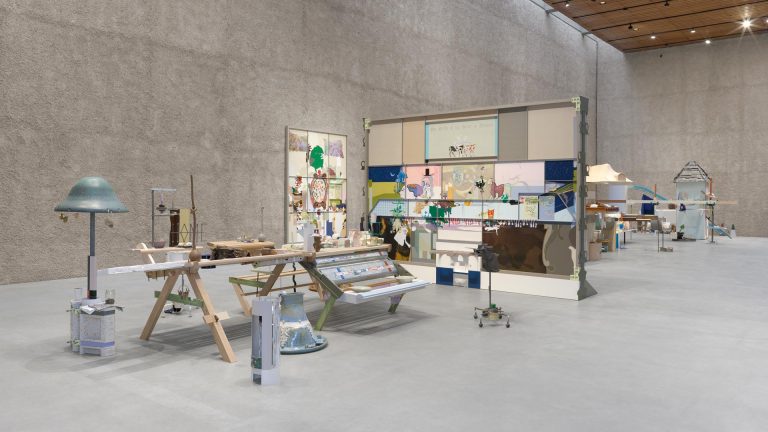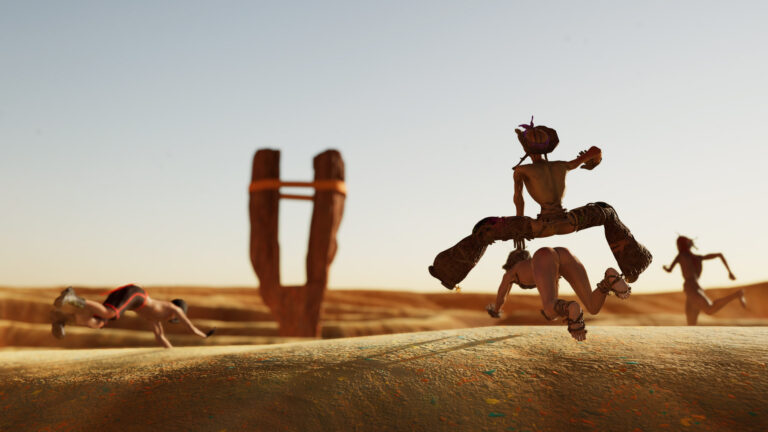This painter makes things easy both for himself and the viewer. By allowing any interpretation, he reveals the cunning indifference that grants equal validity to all perspectives. This stance is legitimate, as even in erasing traces, the creative process unfolds. But precisely for this reason, Max Frintrop makes it more challenging for the interpreter to engage with his work. What sort of listening is called for here? Is it about tracing his engagement with inspirations and forebears? Isn’t it characteristic of every painter to help us rediscover the works of other painters, regardless of whether they explicitly refer to them? We shouldn’t take Frintrop’s work literally; instead, we should immerse ourselves in a rhythmic process, following the traces of the imaginative journey that emerges from the work itself. Painting can only be understood as a process of exploration if the artist is willing to lose his way.
Twentieth-century painters were right to engage with the dissolution of the image. This approach results from the collision between the instrumentalization of art and its claim to autonomy, a claim it successfully established through Modernism. Relevant art always maintains an intimate relationship with the fundamental issues of its time. The irritation of not understanding painting has now become a phenomenon in search of explanations. This has led to a decline in the popularity of painting in the traditional sense.
Frintrop’s artistic coordinates unmistakably situate the image in the present, hinting at a future perspective for painting. Painters must create works that are unmistakably contemporary; this means they cannot abandon the discipline if they identify as painters. This brings the discussion to the individual signature. As we look at these large-scale paintings, our searching gaze both sees and hears in the grand canvases a brushwork that runs clear and lively. It unfolds a swift, clearly structured decisiveness, so that each painting exudes a fresh attempt and its own energy. Yet, the drive behind this energy is not under the pressure of rhythmic rigor or fixation, where loose, spontaneous forms might seem suspect. Rather, it is a full, rounded sound, but without a delirious excess.
A certain measurelessness seems part of the whole when one considers the substantial formats. Yet in the organization of space, everything proceeds with control, as is appropriate for such works. Such a description cannot go without cautious qualification, as we are dealing with an artist who applies Brecht’s advice for actors—the V-effect—as painterly practice. The spontaneity of color is so restrained that the result appears fluid, yet controlled and natural. What has been invoked for decades in the name of abstraction seems unproductive for Frintrop, for each of his paintings represents a renaissance of painting.
The canvases seem to be products of effortless, naive joy in painting. But if we look and listen more closely to what Frintrop’s images might tell us, we find that their subject, the brushwork, is tightly linked to the forms and crucially influences their choice. What Frintrop creates is not a trouble-free pleasure, although painting as an act brings him the highest sense of joy. Appearances are deceiving. In the motifs and their combinations, we find no targeted or hidden messages but rather ciphers for another, utopian multidimensionality—that of the imaginative and creative processes taking place here.
Frintrop’s works are complex, yet not complicated; their content is essential to the artist’s craft. The paintings in the exhibition point to nothing other than the clarifying and simultaneously confounding attitude of thinking and acting. Instruction is not his goal. Frintrop expects us to immerse ourselves in his image-topography, for what is to be discovered lies on the surface.
We have now arrived at a point where we can consider this painting not only as a subjective possibility but can also follow the innate movements of the material itself. Here, we must assume that in listening and seeing, we can map a place where Frintrop’s creative substance lies. It is neither arbitrariness nor a predetermined calculation that guides these processes; instead, the responsibility falls back on the formative drive, which we understand as the enigmatic interplay of the forces of thought, observation, and creation. If we heed the exhibition title’s call, we find in Frintrop’s painting an opportunity to encounter ourselves within the image.
-Dr. Nils Emmerichs





